Debt doesn’t have to be scary and building an emergency fund doesn’t have to be complicated. We are making everything easy for you.
In our last blog, we discussed why you should have a financial plan and where you can get started. Today, we will be talking about managing your debt and building an emergency fund.
Be it a home loan or credit card debt, paying back what you owe is not exactly a pleasurable experience. Most of the Indian households do not talk about finance, let alone their debt. So, we grow up without a clear idea about how we can manage debt if we ever get into one. In this day and age, it is easier to get into debts, especially because of credit cards. Apart from that, there are several ‘Buy Now Pay Later’ apps while there are also platforms that offer Payday loans. So, there are several avenues for millennials, Generation Z to fall into debt traps.
The All India Debt & Investment Survey conducted during January-December in 2019 found that the urban households in India had an average debt of ₹1,20,336 while the average amount of debt was ₹59,748 among rural households as of June 2018. This was before the COVID-19 pandemic, and we can assume that the virus must have led to the jump in debt.
According to the SBI report, India’s household debt jumped sharply to 37.3% in 2020-21 from 32.5% in 2019-20. The report also said that the rural households’ average debt more than doubled in 18 states for the 6 year period ended 2018, while 7 states saw the same for urban households. Both urban and rural households have a debt problem and the younger generation is borrowing more for their everyday expenses. So, how can we manage it?
Managing Debt Properly
Firstly, you need to know how much money you owe. You might have an education loan or credit card debt or home loan payments – make a list of your debts, total amount of the debt, monthly payment, interest rate and due date. Then, you need to find your debt to income ratio (DTI), as it will tell you how much of your income will be going toward debt payments.
To find your DTI, divide your debt payments by your income, and multiply by 100. Eg. ₹15,000 of monthly debt divided by ₹45,000 of monthly income is 0.33 x 100 = 33%. The lower the percentage, the better it is.
The next step should be figuring out which debts you will be paying off first. Use your list to prioritize and rank your debts in the order you want to pay them off. One of the strategies that is used to manage debt is paying off the debt with the highest interest first. So, people tend to pay off their credit card debt first since they have higher interest rates than other debts. If you want to pay less over the life of your loans, this strategy might be the best strategy for you.
Setting up regular automatic payments could help you as paying late could hurt your credit. Also, make sure to curb your expenses for paying off debt faster. The best way to understand how and where you are spending your money is by tracking it. You will be able to get insights on your spending behavior such as where you are spending more and where you should be cutting down.
If tracking your spending manually is not your thing, you should give Koshex a try. Our platform helps you understand your financial status and understands your behavior when it comes to money. It will help you build better financial habits. Don’t take our word for it! Look at the numbers: 32% of Koshex users were able to pay back their debts in less than 3 years by tracking their spending and earning higher returns by investing in our investment solutions, including Mutual Funds, Smart Deposits and Digital Gold.
Building An Emergency Fund
When paying off debts is your priority, you might not be able to pay much attention to saving money for yourself. However, that is a priority too. You need to have a safety net in case you are met with unexpected circumstances such as job loss, critical illness, home repairs, etc. Also, what other reason do you need to build an emergency fund other than the pandemic itself? An April 2021 Forbes survey conducted by YouGov found that the pandemic pushed nearly 40% of people who had emergency funds to access them, with 73.3% using half or more of the fund and 29% all of it.
It looks like the pandemic isn’t going to recede anytime soon. We are currently witnessing the effects of the third wave, while the World Health Organization has said that Omicron will not be the last COVID-19 variant. WHO has also said that this variant will lead to the birth of new variants. So, the pandemic is definitely not over. Therefore, building a safety net has become more important now than ever.
But how can you save for a safety net when you are trying to save money to pay off your debts? Trust us, you do not have to allocate a lot of money to build an emergency fund. You can build one slowly over a certain period of time. Usually, people are advised to save three to six months of your salary in their emergency fund. So, if you are earning ₹45,000 per month, your emergency fund should be ₹1,35,000-₹2,70,000. It might look like a lot of money but if you save ₹15,000 every month, you can save ₹2,70,000 in 18 months (1.5 years). Doesn’t sound so scary now, does it?
In The End…
When it comes to saving money, every penny counts, and if you don’t organize your finances properly, you would have a hard time achieving your goals. So, it is better to choose a good platform that will automate your finances so that you can sit back and relax. Koshex gives you hyper-personalized investment solutions through the power of AI after analyzing your spending habits and understanding your interests. So, create an account with us today to get your financial life on track!
In our next blog, we will be talking about how you can create a diversified investment portfolio. Sounds like something you would be interested in? Then, tell us in the comments about the one thing that you changed in your financial life after the pandemic – it could be tracking your expenses through an app or investing in mutual funds or buying cryptocurrencies. Let us know!

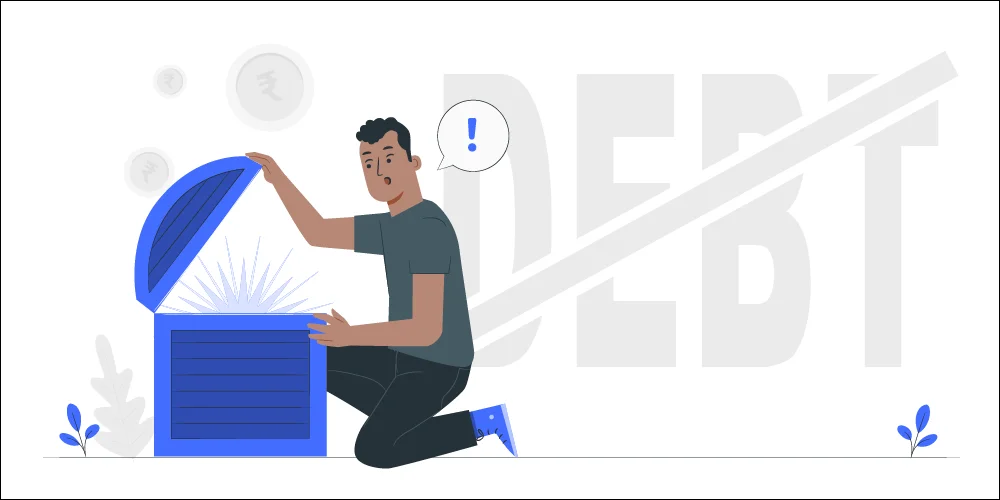
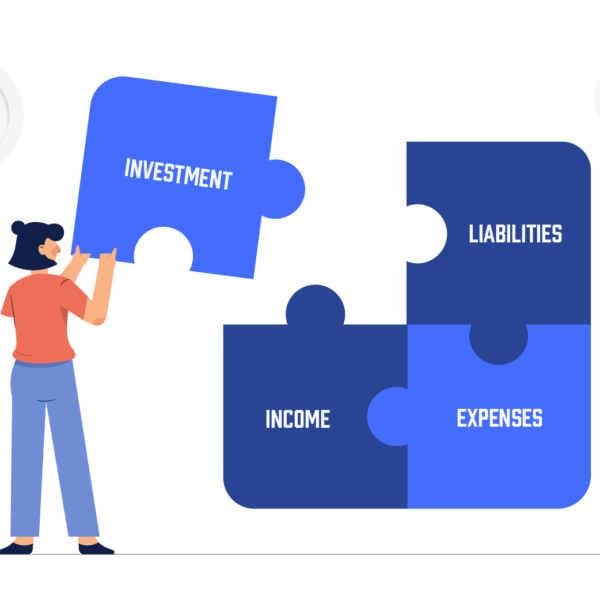
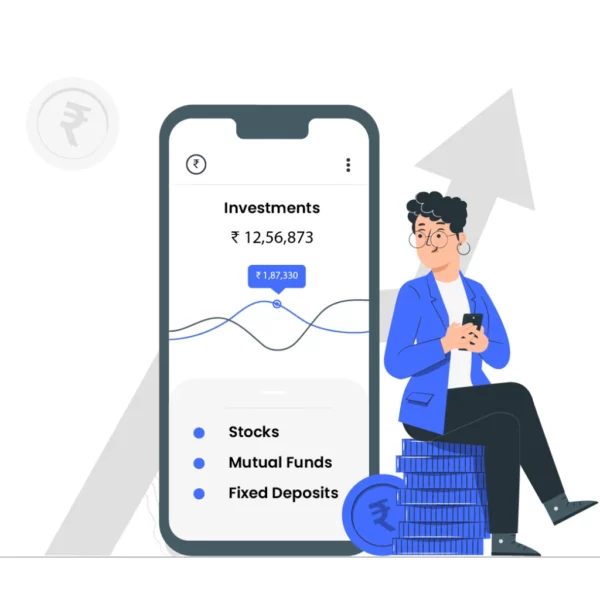

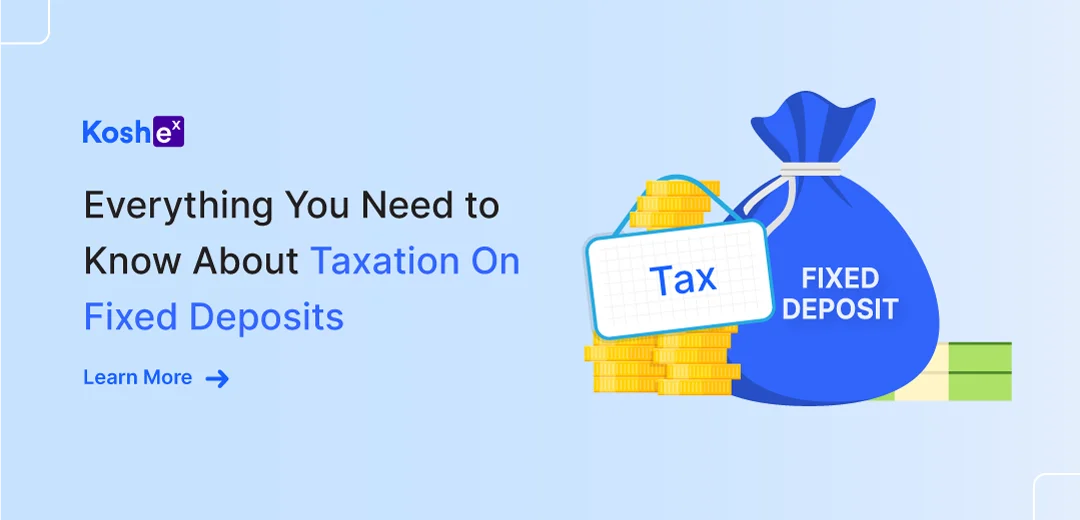
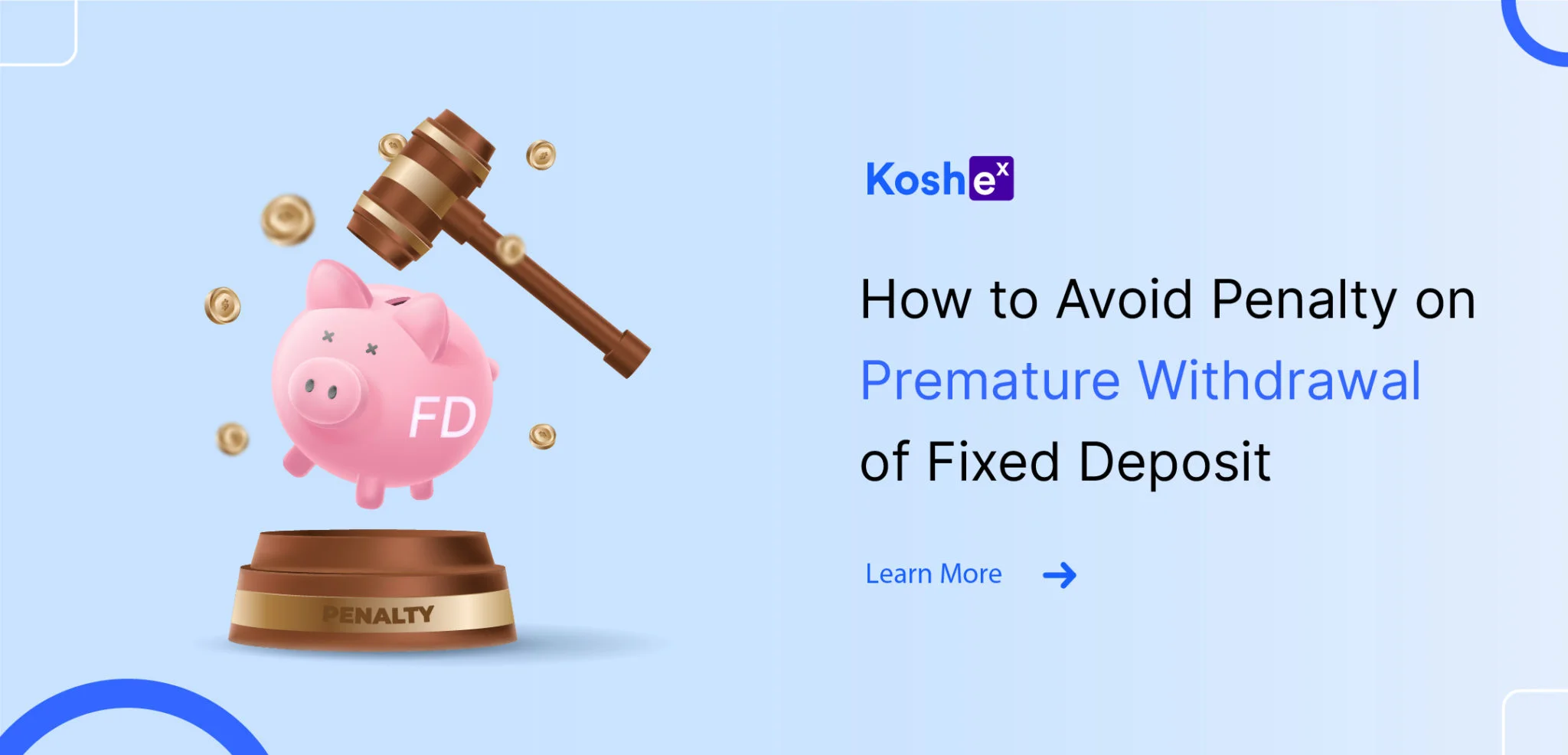


Leave a Comment